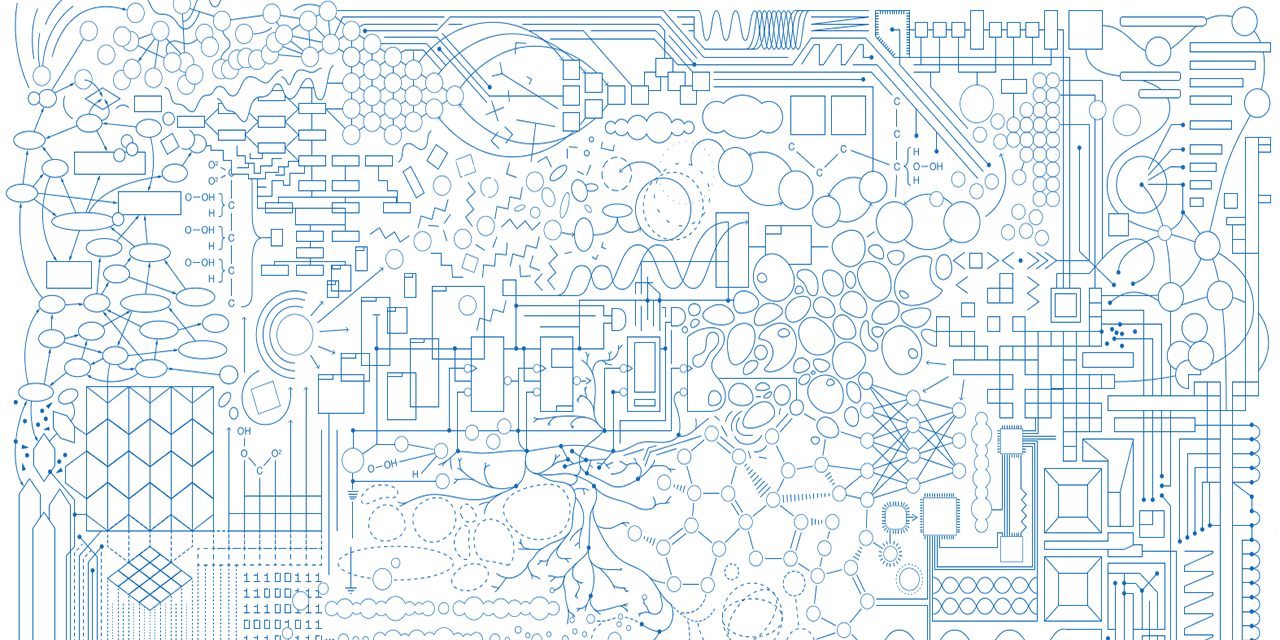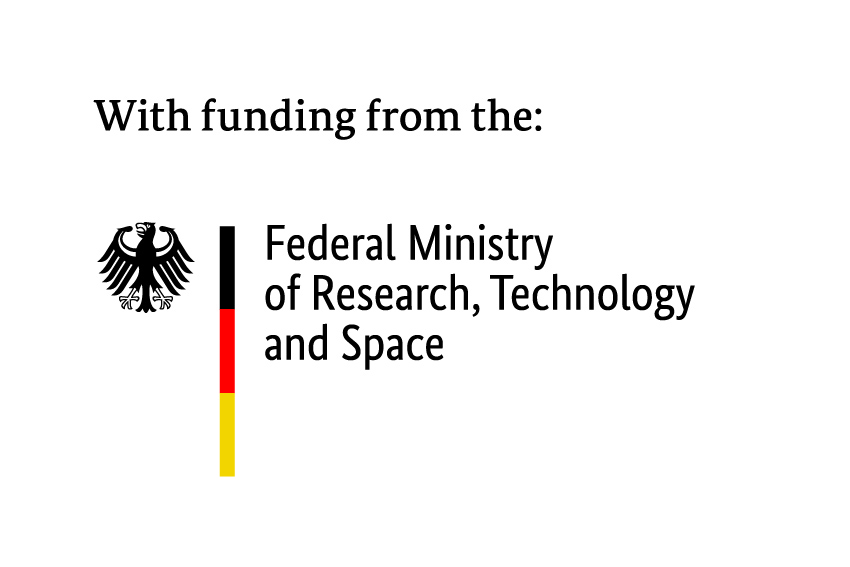Publication: Energy Arts, Power, and Perception: Artistic Interventions in the Context of Climate Change

A new article titled “Energy Arts, Power, and Perception: Artistic Interventions in the Context of Climate Change” by c:o/re fellow Hannah Star Rogers has just been published in the Oxford Research Encyclopedia for Natural Hazards.
As energy systems are increasingly understood as underlying practical and existential risks, artists are responding with new modes of artwork addressing many energy-related questions and concerns. Energy arts is a field of artistic practice focused on the concepts, materials, and societal impacts of energy systems. Spanning visual art, performance, installation, and design, it explores the physical properties of energy, its political and economic structures, and its environmental consequences. Artists make visible energy’s often-invisible flows, critique dominant systems such as fossil fuel dependency, and propose alternative futures through renewable energy, speculative design, or reuse of obsolete infrastructure. Engagement with energy builds on a broader history of artists responding to natural hazards and technological change, revealing the interdependence of human-made and natural systems. Works range from material-based installations, such as Richard Wilson’s petroleum-filled 20:50, to activist projects like Olafur Eliasson’s solar-powered Little Sun, and wind-powered sculptures such as Theo Jansen’s Strandbeests. Jessica Segall’s Human Energyaddresses the embodied and cultural dimensions of energy consumption, while critical explorations of waste are exemplified by the performance and sound work of Sarah Ancelle Schönfeld and Louis-Philippe Scoufaras. Others, like the Land Art Generator Initiative, combine art and engineering to propose renewable energy infrastructures. Energy art overlaps with environmental art and eco-art but is distinct in centering energy systems as cultural and aesthetic concerns. By reframing energy as more than a technical issue, these works foster public engagement, interdisciplinary collaboration, and new ways of imagining energy transitions. Energy art helps expand public understanding and increase questioning around energy’s materiality, infrastructures, and futures in a climate-changed world.
Find the article on the publisher’s website here.
Get to know our Fellows: Harro van Lente
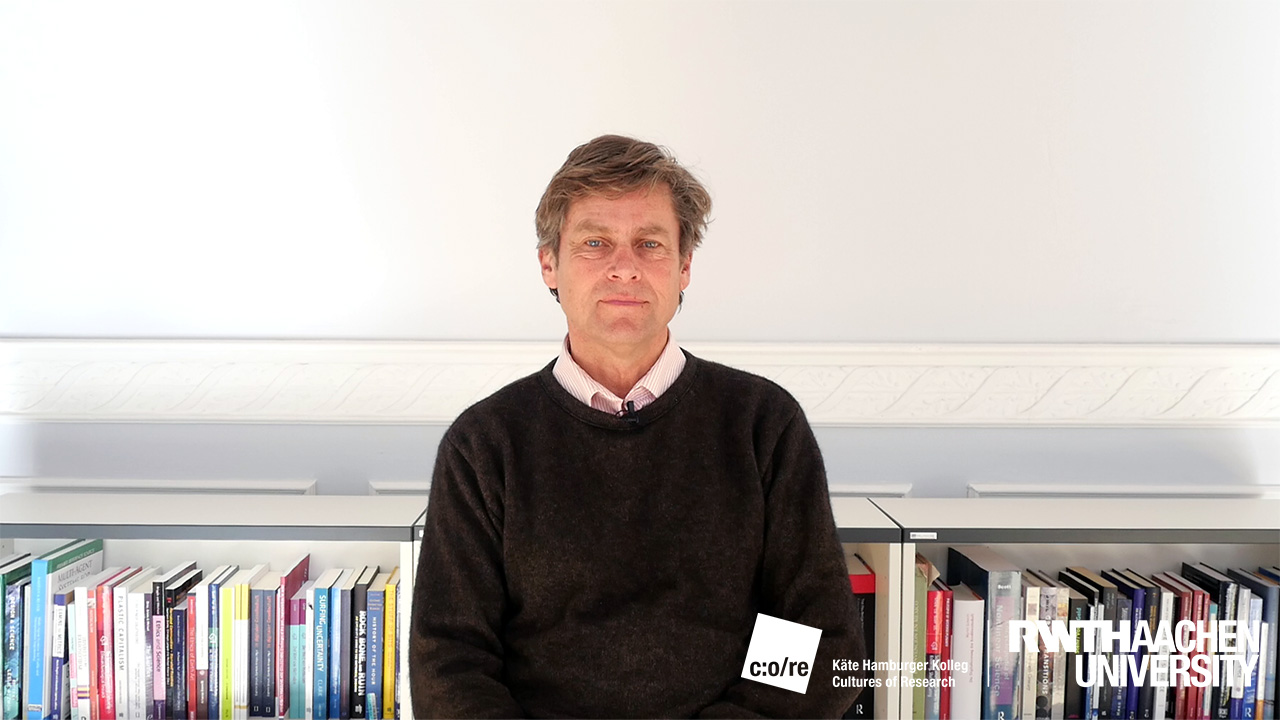
Get to know our current fellows and gain an impression of their research. In a new series of short videos, we asked them to introduce themselves, talk about their work at c:o/re and the research questions that fascinate them.
In this video, Harro van Lente, professor of science and technology studies (STS) at Maastricht University, presents his research on the role of promises and expectations in science and technology. He explores the notion of epistemic imaginaries, desirable outcomes within a field of research, how they influence scientists and institutions in deciding their disciplinary direction, and how they are changing in the face of current challenges such as climate change and globalization.
Check out our media section or our YouTube channel to have a look at the other videos.
Can nuclear history serve as a laboratory for the regulation of artificial intelligence?
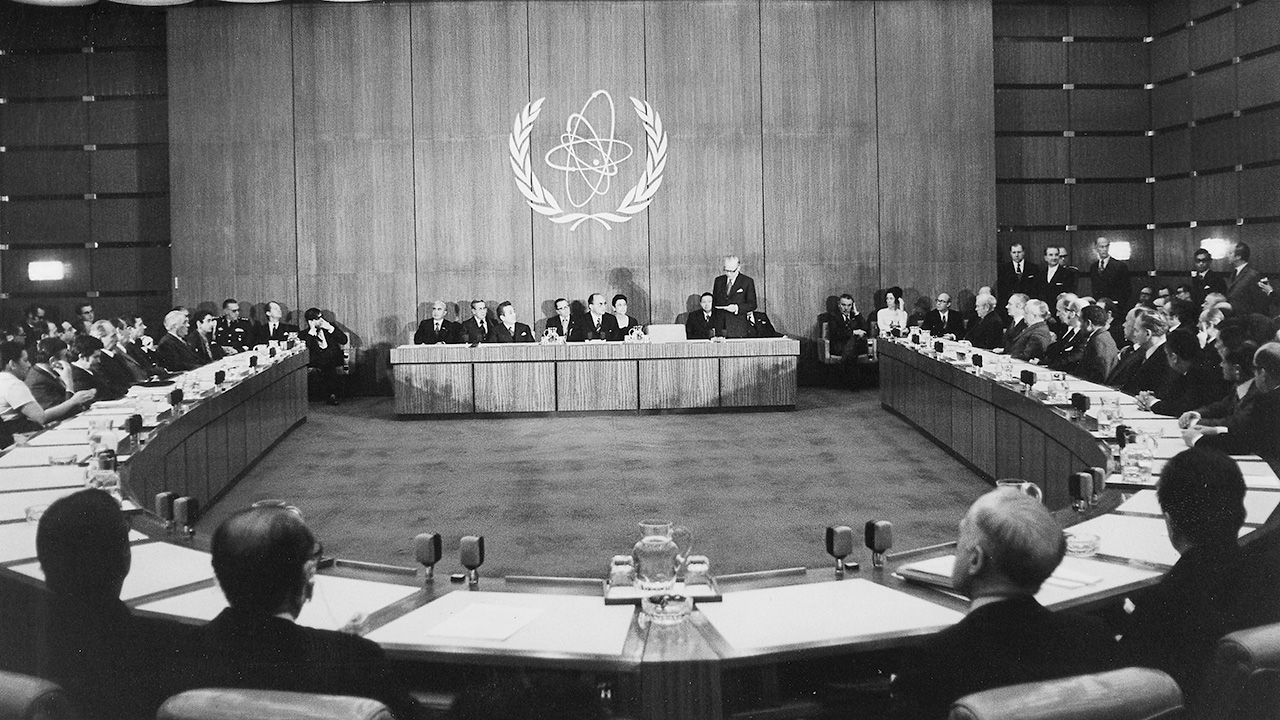
ELISABETH RÖHRLICH
Artificial intelligence (AI) seems to be the epitome of the future. Yet the current debate about the global regulation of AI is full of references to the past. In his May 2023 testimony before the US Senate, Sam Altman, the CEO of Open AI, named the successful creation of the International Atomic Energy Agency (IAEA) a historical precedent for technology regulation. The IAEA was established in 1957, during a tense phase of the Cold War.
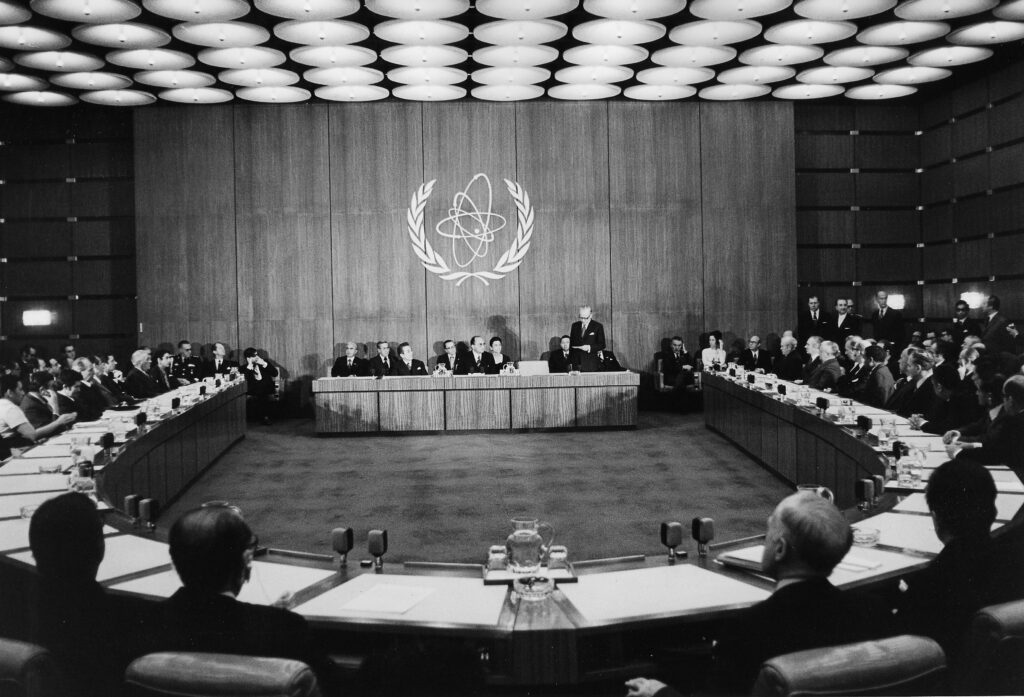
Calls for global AI governance have increased after the 2022 launch of ChatGPT, OpenAI’s text-generating AI chatbot. The rapid advancements in deep learning techniques evoke high expectations in the future uses of AI, but they also provoke concerns about the risks inherent in its uncontrolled growth. Next to very specific dangers—such as the misuse of large-language models for voter manipulation—a more general concern about AI as an existential threat—comparable to the advent of nuclear weapons and the Cold War nuclear arms race—is part of the debate.
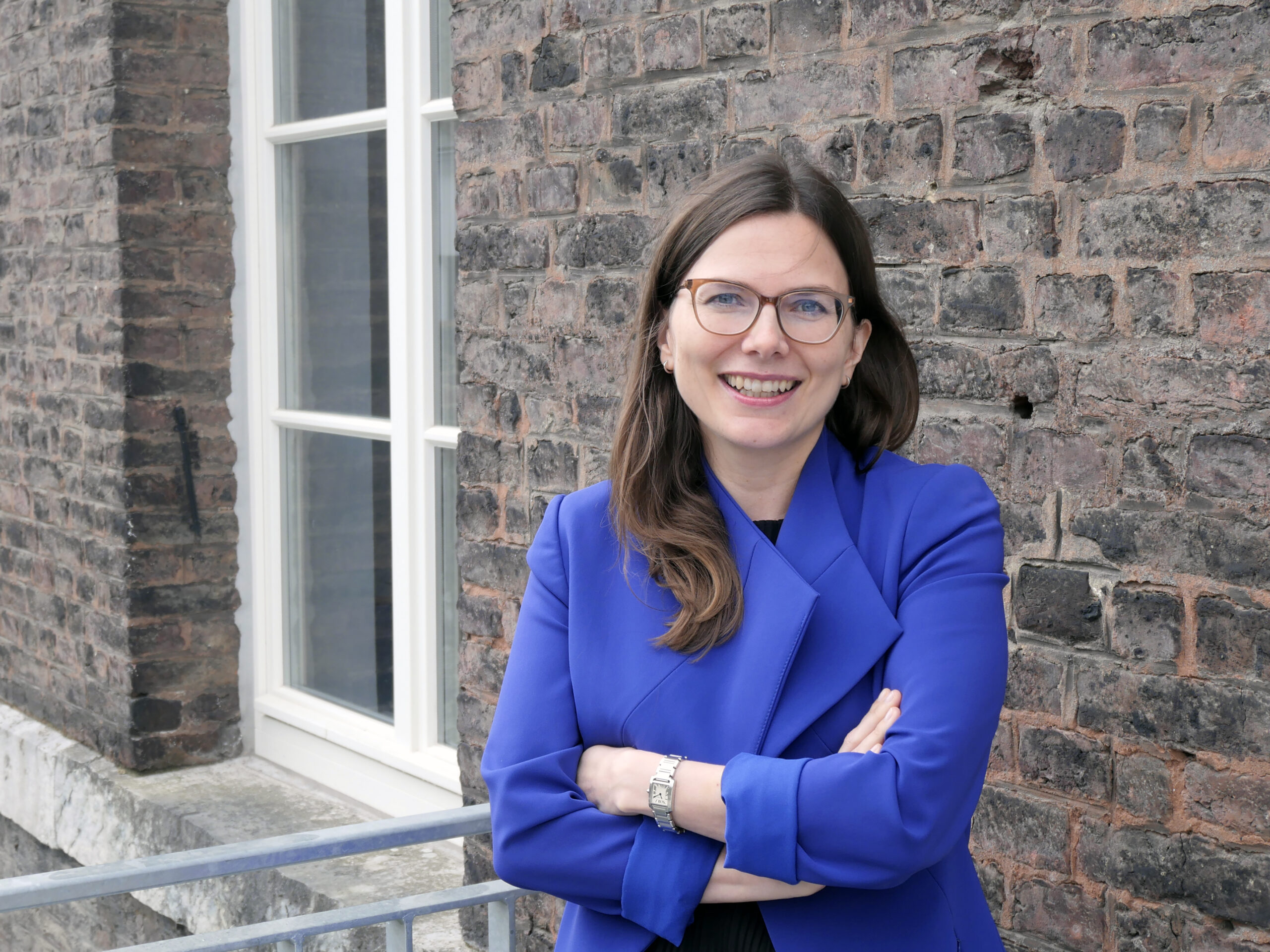
Elisabeth Röhrlich
Elisabeth Röhrlich is an Associate Professor at the Department of History, University of Vienna, Austria. Her work focuses on the history of international organizations and global governance during the Cold War and after, particularly on the history of nuclear nonproliferation and the International Atomic Energy Agency (IAEA).
From nukes to neural networks
As a historian of international relations and global governance, the dynamics of the current debate about AI regulation caught my attention. As a historian of the nuclear age, I was curious. Are we witnessing AI’s “Oppenheimer moment,” as some have suggested? Policymakers, experts, and journalists who compare the current state of AI with that of nuclear technology in the 1940s suggest that AI has a similar dual use potential for beneficial and harmful applications—and that we are at a similarly critical moment in history.
Some prominent voices have emphasized analogies between the threats posed by artificial intelligence and nuclear technologies. Hundreds of AI and policy experts signed a Statement on AI Risk that put the control of artificial intelligence on a level with the prevention of nuclear war. Sociologists, philosophers, political scientists, STS scholars, and other experts are grappling with the question of how to develop global instruments for the regulation of AI and have used nuclear and other analogies to inform the debate.
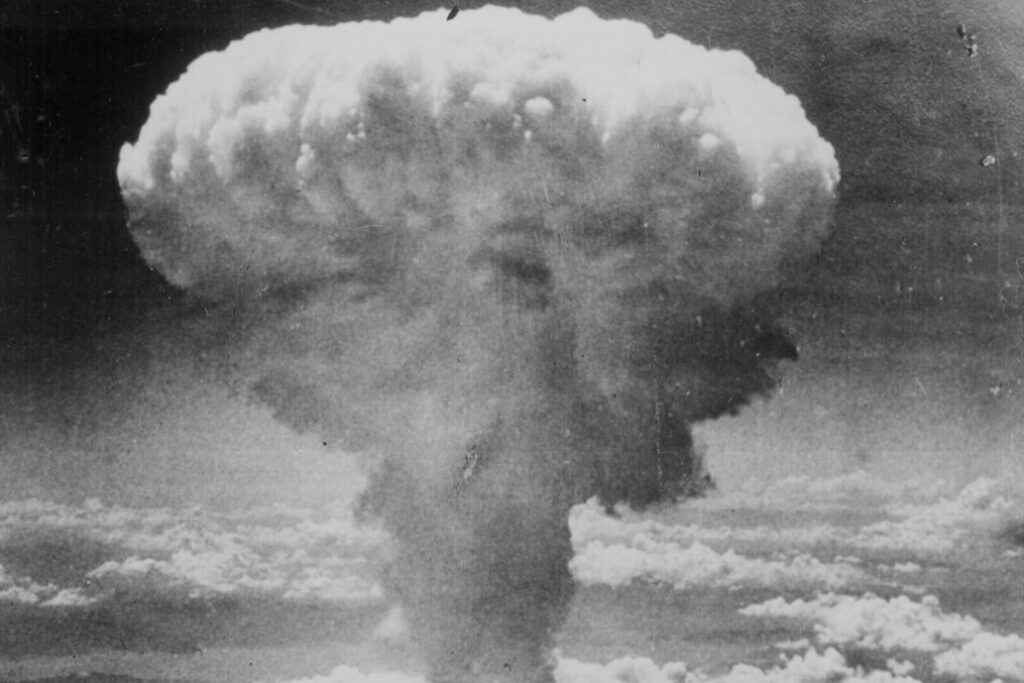
(Credits)
There are popular counterarguments to the analogy. When the foundations of today’s global nuclear order were laid in the mid-1950s, risky nuclear technologies were largely in states’ hands, while today’s development of AI is driven much more by industry. Others have argued that there is “no hard scientific evidence of an existential and catastrophic risk posed by AI” that is comparable to the threat of nuclear weapons. The atomic bombings of Hiroshima and Nagasaki in August 1945 had drastically demonstrated the horrors of nuclear war. There is no similar testimony for the potential existential threats of AI. However, the narrative that because of the shock of Hiroshima and Nagasaki world leaders were convinced that they needed to stop the proliferation of nuclear weapons is too simple.
Don’t expect too much from simple analogies
At a time of competing visions for the global regulation of artificial intelligence—the world’s first AI act, the EU Artificial Intelligence Act, just entered into force in August 2024—a broad and interdisciplinary dialog on the issue seems to be critical. In this interdisciplinary dialog, history can help us understand the complex dynamics of global governance and scrutinize simple analogies. Historical analysis can place the current quest for AI governance in the long history of international technology regulation that goes back to the 19th century. In 1865, the International Telegraph Union was founded in Paris: the new technology demanded cross-border agreements. Since then, any major technology innovation spurred calls for new international laws and organizations—from civil aviation to outer space, from stem cell technologies to the internet.
For the founders of the global nuclear order, the prospect of nuclear energy looked just as uncertain as the future of AI appears to policymakers today. Several protagonists of the early nuclear age believed that they could not prevent the global spread of nuclear weapons anyway. After the end of World War II, it took over a decade to build the first international nuclear authority.
In my recent book Inspectors for Peace: A History of the International Atomic Energy Agency, I followed the IAEA’s evolution from its creation to its more recent past. As the history of the IAEA’s creation shows, building technology regulation is never just about managing risks, it is also about claiming leadership in a certain field. In the early nuclear age—just as today with AI—national, regional, and international actors competed in laying out the rules for nuclear governance. US President Dwight D. Eisenhower presented his 1953 proposal to create the IAEA—the famous “Atoms for Peace” initiative—as an effort to share civilian nuclear technology and preventing the global spread of nuclear weapons. But at the same time, it was an attempt to legitimize the development of nuclear technologies despite its risks, to divert public attention from the military to the peaceful atom, and to shape the new emerging world order.
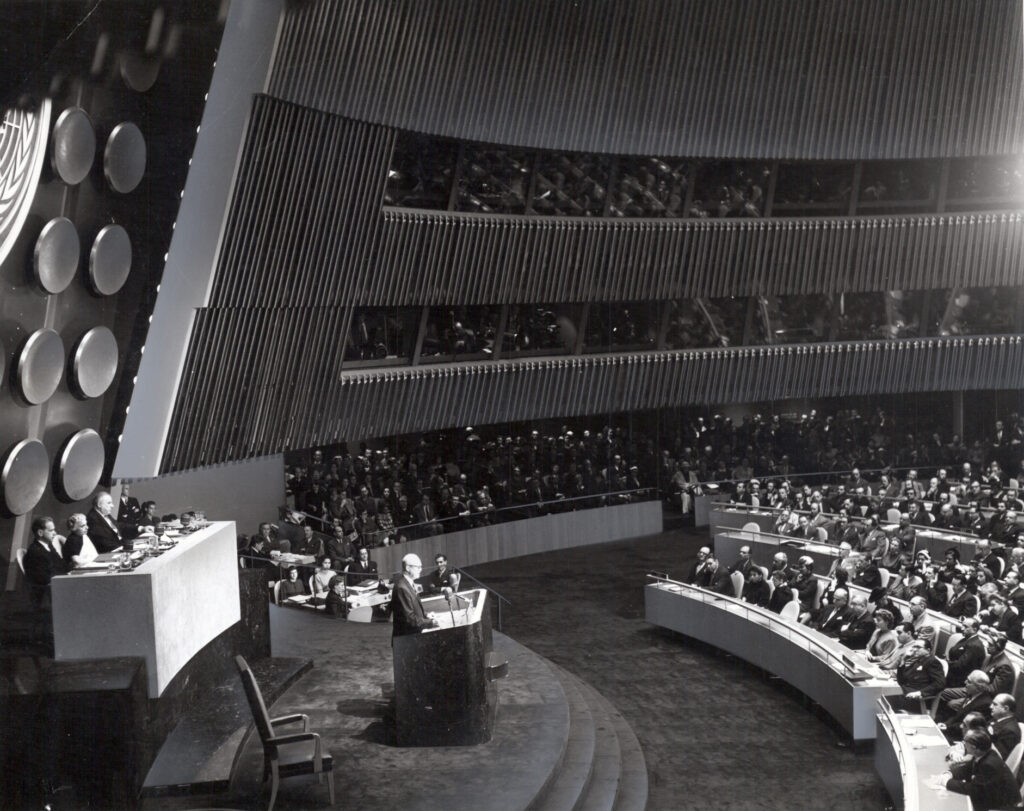
Simple historical analogies tend to underestimate the complexity of global governance. Take for instance the argument that there are hard lines between the peaceful and the dangerous uses of nuclear technology, while such clear lines are missing for AI. Historically, most nuclear proliferation crises centered around opposing views of where the line is. The thresholds between harmful and beneficial uses do not simply come with a certain technology, they are the result of complex political, legal, and technical negotiations and learnings. The development of the nuclear nonproliferation regime shows that not the most fool-proof instruments were implemented, but those that states (or other involved actors) were willing to agree on.
History offers lessons, but does not provide blueprints
Nuclear history offers more differentiated lessons about global governance than the focus on the pros and cons of the nuclear-AI analogy suggests. Historical analysis can help us understand the complex conditions of building global governance in times of uncertainty. It reminds us that the global order and its instruments are in continuous process and that technology governance competes with (or supports) other policy goals. If we compare nuclear energy and artificial intelligence to inform the debate about AI governance, we should avoid ahistorical juxtapositions.
Objects of Research: Benjamin Peters


For the first post in our „Objects of Research“ series, we interviewed c:o/re alumni fellow Benjamin Peters, who works on artful intelligence, broadly taken across the long Soviet century.
“By saying that I study ‘artful intelligence’, which I mean only as a half joke, I take seriously the propositions to my career as a media scholar that…

1. As the first image suggests, human artfulness can be found all around, such as this snapshot of a wall on a side street not far from the Cultures of Research at the RWTH.

2. Sometimes architectural masterpieces that represent more than the sharp angles of twentieth-century modernism are all about us, such as this bus stop on the way to Cultures of Research in Aachen. Any study of science and technology has to ask, what does it mean? Sources do not speak for themselves.

3. Sometimes artificial intelligence is best found in letting people be people, such as a doodle here in a sketchbook. Straight lines do not always precipitate straightness.

4. I study how science, technology, and artificial intelligence has been understood in different times and places, such as this remote-controlled robot that failed in the immediate aftermath of the Chernobyl explosion in 1986 in Soviet Ukraine, which helps unstiffen, enliven, and sober our imagination of what may already be the case today and could be the case tomorrow.”
Walter Benjamin Fellowships for Anna Laktionova and Svitlana Shcherbak
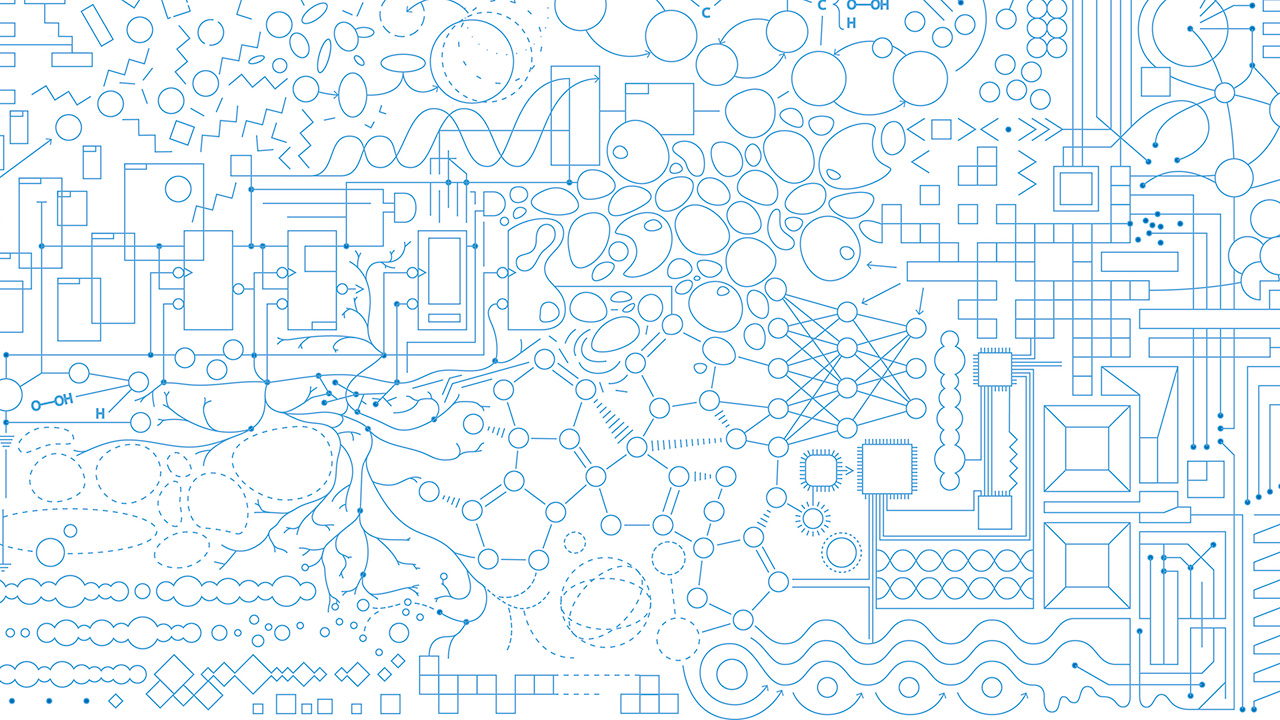
c:o/re fellows Anna Laktionova and Svitlana Shcherbak have both received a fellowship from the Walter Benjamin Programme, funded by the Deutsche Forschungsgemeinschaft (DFG), which enables them to continue working independently on their research projects at c:o/re even after the end of their c:o/re fellowship.
We would like to congratulate both of them and are delighted to be able to continue working together under one roof.
Here is what Anna Laktionova wants to do during the scholarship and what it means to her:
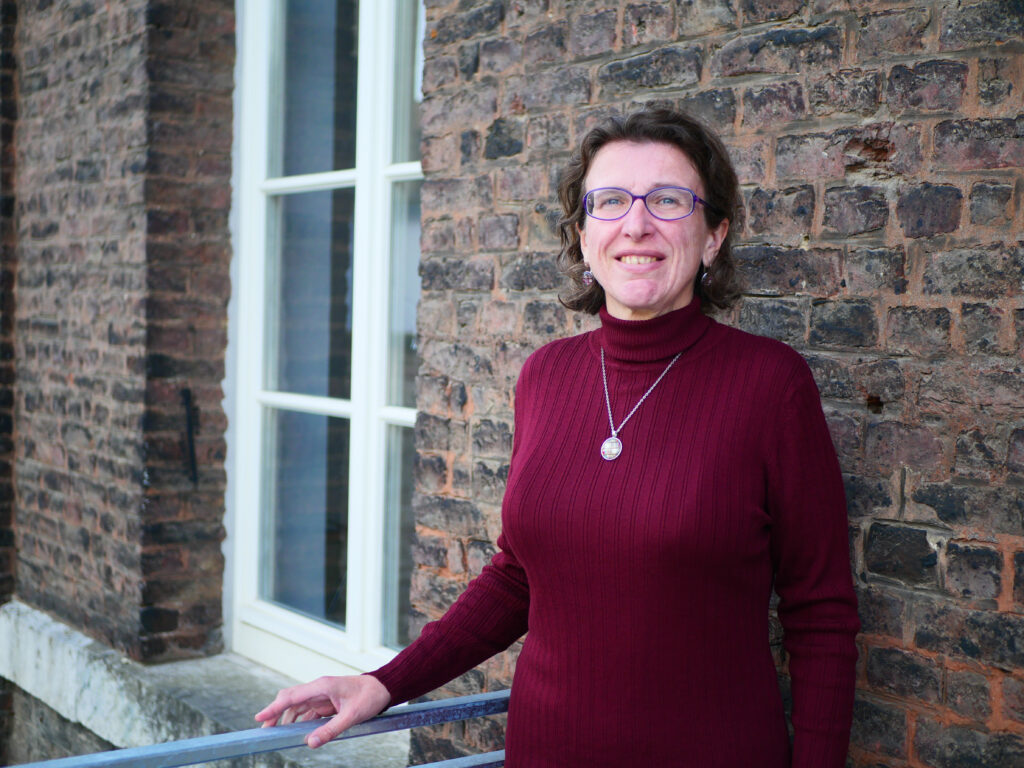
My project “Towards the agency based philosophy of (advanced) technology” is for me a very inspiring possibility to continue elaborating the maintained approach of Philosophy of Action and Agency within such nowadays fields as Philosophy of Technology, Philosophy of Engineering, STS etc. It involves theoretical and practical philosophical methodological platforms; allows me to continue professional grows and integrating into western Philosophical and Scientific circles including inter-, cross-, trans- disciplinary levels, for example, visit and participate in events of RWTH’s Institute of Industrial Engineering, Center for Construction Robotics, The RWTH Chair Individual and Technology, other labs. I plan to concentrate on such problematic plots as: agency-based philosophy of (advanced) technologies and ongoing technological transformations towards advanced technologies; varieties of types, levels, scales of machinic actions and human-robot interactions; machine learning methods and adaptive robots; problematic machinic actions and ethical regulations for trustworthy adaptive robotics; changing of the conceptual angle of view from technology descriptions to philosophy of action and agency; aligning man-machine interactivity.
From the personal side, the fellowship gives me possibility to continue to save my (now almost 3-years old daughter) from the awful war taking place in Ukraine. I enormously appreciate understanding, support, help from colleagues, staff and people in Aachen.
Svitlana Shcherbak will work on her research project entitled “Modernization Theory: Between Science and Politics. Case of Russia”:

The Conception of the Foreign Policy of the Russian Federation, adopted in March 2023, for the first time defines Russia as a “civilization-state”. Russia is seen there as a conservative and technologically oriented sovereign state opposed to the “West”. Russia’s official ideology combines a conservative political agenda with the idea of technological modernization. It is a paradigm shift that has not come out of nowhere. This two-year research project investigates the academic (i.e., social science) and political discourse gradually introducing this shift in the post-Soviet space in relation to Western modernization theory. It examines the main shifts in the meaning of the “core concepts” of modernization theory, such as “democracy”, “development”, “freedom”, etc., in the Russian cultural and political context since 1990, compared to their original formulation in the Western social science, and how social theory has become an important ideological concept in Russian politics. To achieve this goal, the research is based on a qualitative discourse analysis. The theory of modernization was chosen because it is a grand theory that offers a broad vision of history and social development and is an important part of the social imagination. Modernization theory reflects not only the deep assumptions of the societies in which it emerges, but also those of the recipient societies. The case of Russia is particularly interesting, because the concept of modernization retains a central place in Russian political discourse, even though the basic assumptions of modernization theory contradict Russia’s self-description.
Get to know our fellows: Marcus B. Carrier

Get to know our current fellows and gain an impression of their research.
In a new series of short videos, we asked them to introduce themselves, talk about their work at c:o/re, the impact of their research on society and give book recommendations.
You can now watch the first video of the historian of science Marcus B. Carrier on our Youtube channel:
“The simple is complex”: Professor Giora Hon starts the c:o/re 2023 lecture series on Complexity
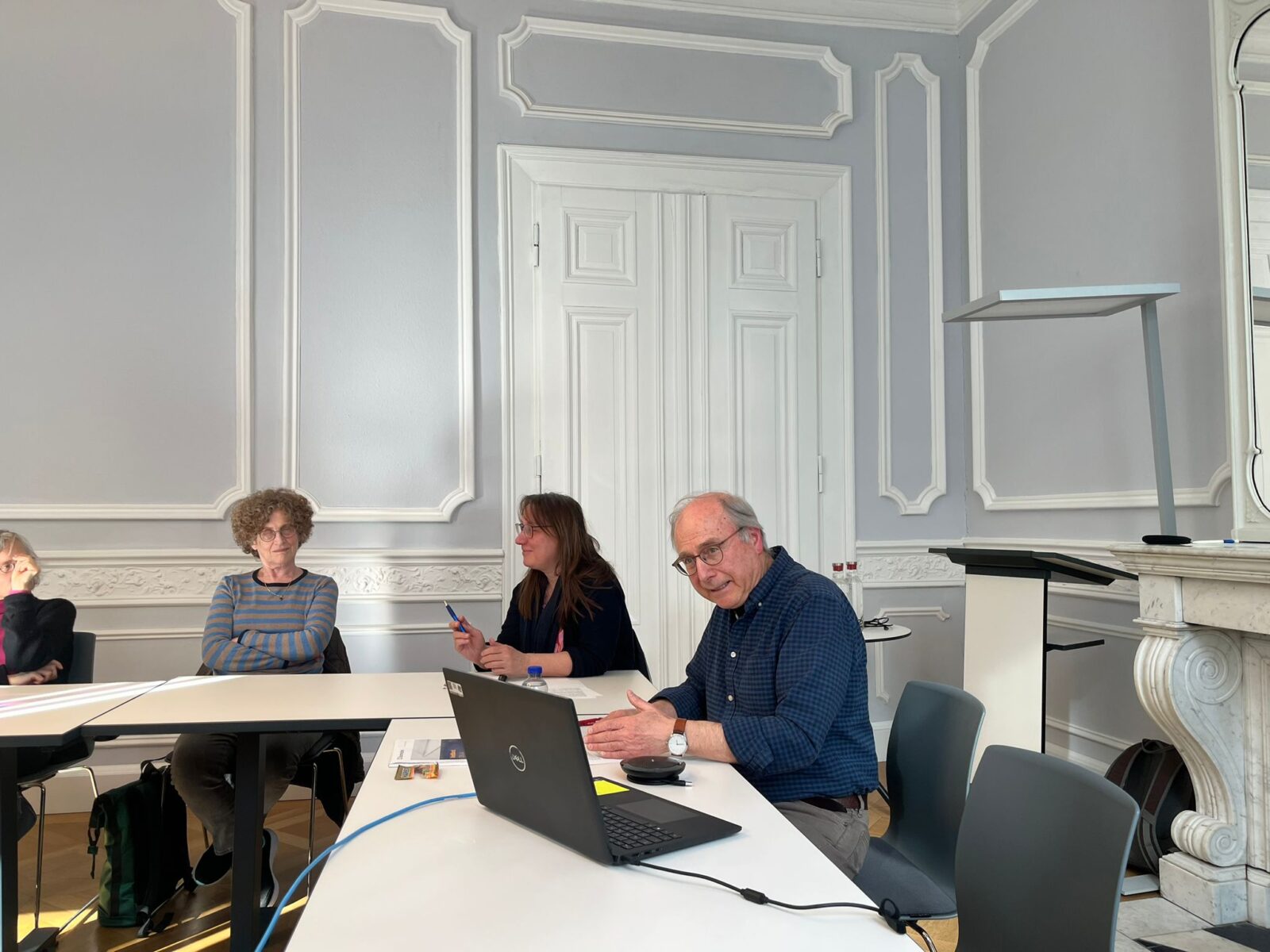
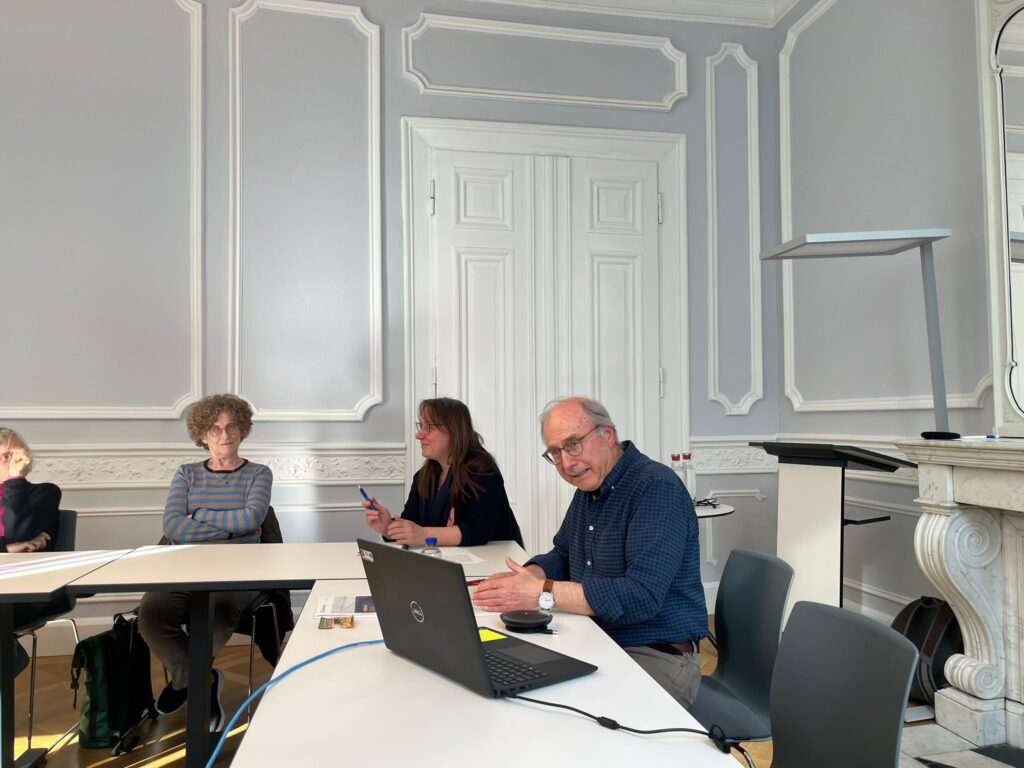
On April 12, 2023, the 5th c:o/re lecture series started off. After c:o/re director Gabriele Gramelsberger welcomed attendees and introduced the speaker, Professor Giora Hon delivered his talk, From Reciprocity of Formulation to Symbolic Language: A Source of Complexity in Scientific Knowledge
Professor Hon introduced his notion of epistemic complexity, which refers to what may be considered simple, rather than complex. The talk was directed at clarifying the oxymoron “the simple is complex”. Professor Hon does so in light of three developments in the history of physics:
- the analogy between heat and electricity, following William Thomson
- the reciprocity of text and symbolic formulation, following James C. Maxwell
- liberating symbolic formulation from theory, following Heinrich Hertz
Professor Hon argued that, following this trajectory of ideas in history of physics, in Hertz the complete separation of formal theory and equations can be observed.

Fernando Pasquini’s proposal for an ergonomics of data science practices
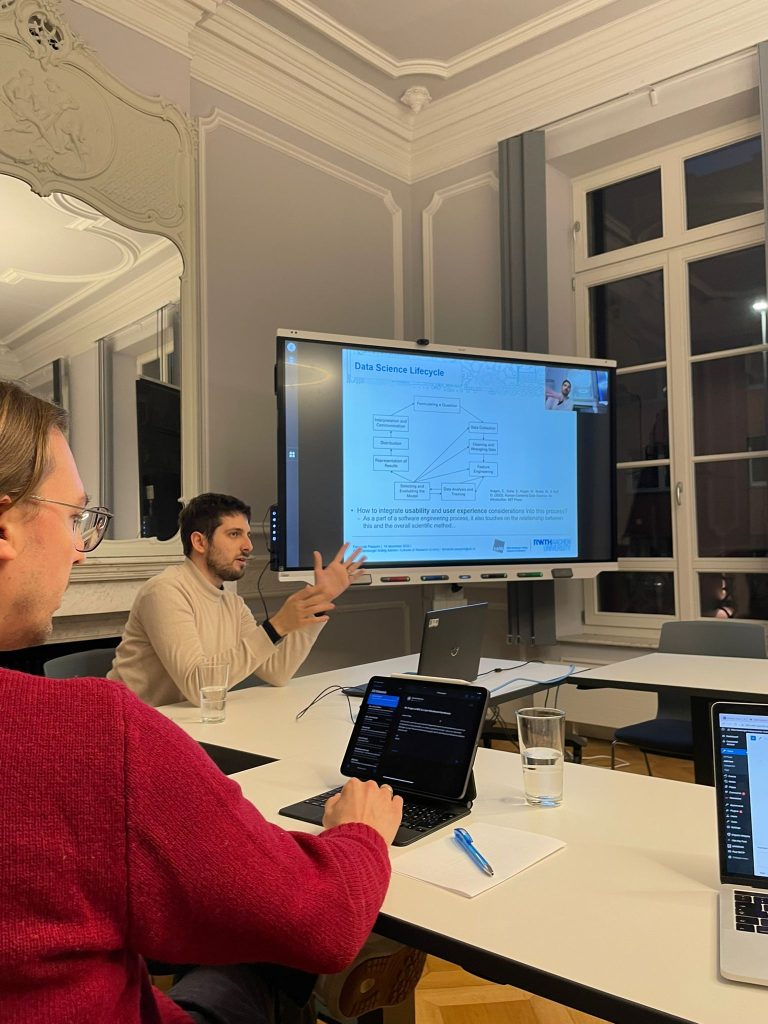
On December 14, 2022, c:o/re fellow Fernando Pasquini Santos explained his proposal Towards an ergonomics of data science practices, as part of the 2022/2023 c:o/re lecture series. While he acknowledged that the term is arguably outdated, Pasquini developed a broadly encompassing notion of ergonomics, spanning across modalities and modes of human-computer interaction. In this endeavour, Pasquini started by asking “how does it feel to work with data?” Tackling the question, he distinguished between challenges and directions in technology usability assessments.
In what was a rich and broadly encompassing study, Pasquini found particular inspiration in Coeckelbergh (2019), who notices a tradition in philosophy of technology that equates skilful acting with having a good life.
In this light, Pasquini proposed a “critical mediality” perspective in data science, that covers considerations from abstraction in data work to mathematical constructivism, embodiment and to blackboxing.
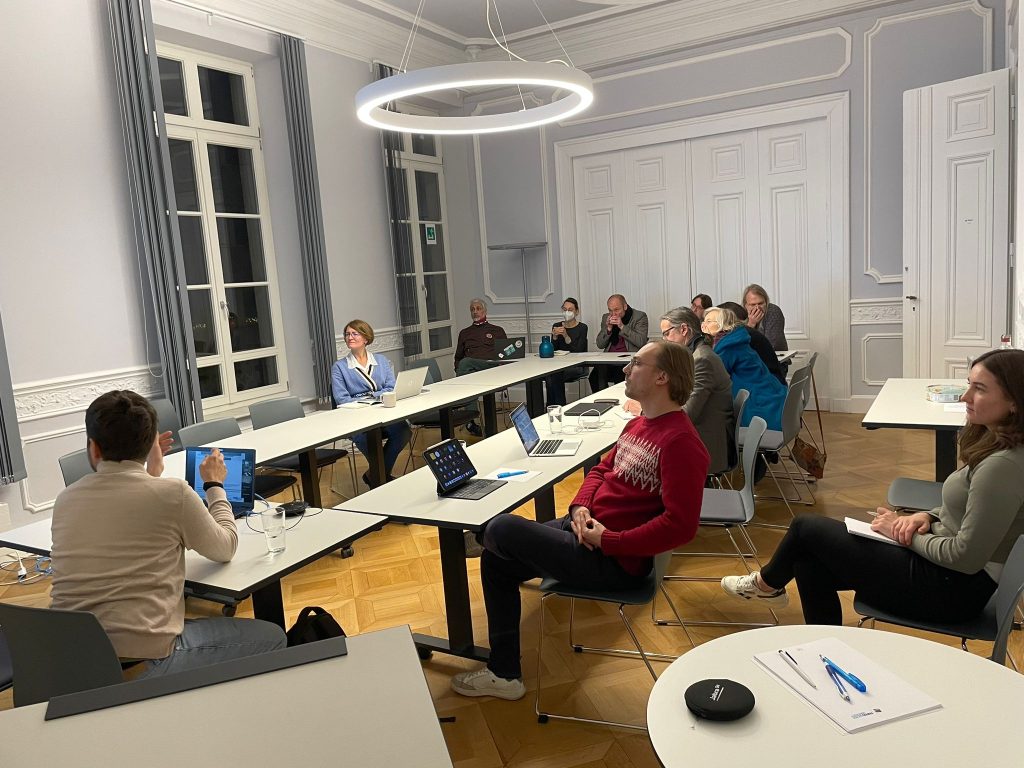
References
Coeckelbergh, Mark. 2019. Technology as Skill and Actvity:Revisitng the Problem of Alienation. Techné: Research in Philosophy and Technology 16(3): 208–230.
Software as research culture: new study group at c:/ore, focused on software
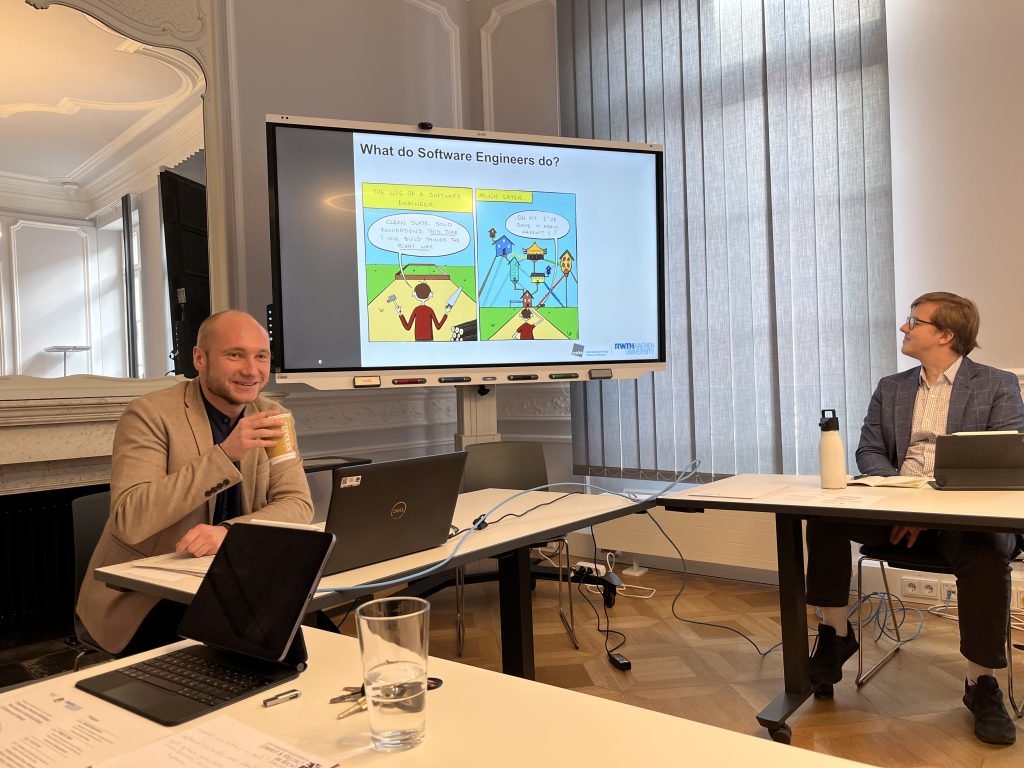
The work that this group pursues aligns with that of the Computational Science Studies Lab, set up by Professor Gabriele Gramelsberger, Chair for Philosophy of Science and Technology (Humtec, RWTH Aachen University) and Director of c:o/re. The work of c:o/re fellow Alexandre Hocquet and his co-author Frederic Wieber on computational chemistry has been instrumental to setting the directions of this research group. An important observation by Alexandre Hocquet, through which this group is working to conceptualize software, is that software is not just code. It involves much more, being a cultural practice. Also, a critical insight came from Gabriele Gramelsberger who stated that “software is an alien”.
On November 8 and 9 the Engineering Practices Workshop: New Horizons in the Social Study of Science and Software took place at c:o/re. This workshop marks the formation of a group, within c:o/re, focused on software research. The group consists in former and current c:o/re fellows and c:o/re team members, all of whom share an interest for software studies, but coming from various angles.
The workshop started with two talks by c:o/re team members Dawid Kasprowicz on Managing the unmanageable: Is software engineering the art or science of scientific programming? and Phillip H. Roth on Scientific communication in the age of software: Sorting out materiality, community and infrastructure. c:o/re fellows Benjamin Peters and Arianna Borrelli acted as discussants to these presentations, opening then the debate to the entire group. Dawid Kasprowicz opened the question on how does scientific programming look like from a software engineering perspective, touching upon matters such as research reproducibility and the transferability software engineering knowledge. In his response, Benjamin Peters remarked that software in unmanageable in interesting ways. Analogies to previous technologies and practices are often improper, as software it is not 4-dimensional, but potentially (infinitely) n-dimensional.
Phillip H. Roth asked how do representations of science and, consequently, science itself, too, change through technological change?
These talks were followed by a roundtable consisting in several c:o/re team members and fellows. Each tackled software from a disciplinary angle.
On the second day of the workshop, the group tried to make a synthesis of the discussion and set the ground for a position paper on software on which they are now working.
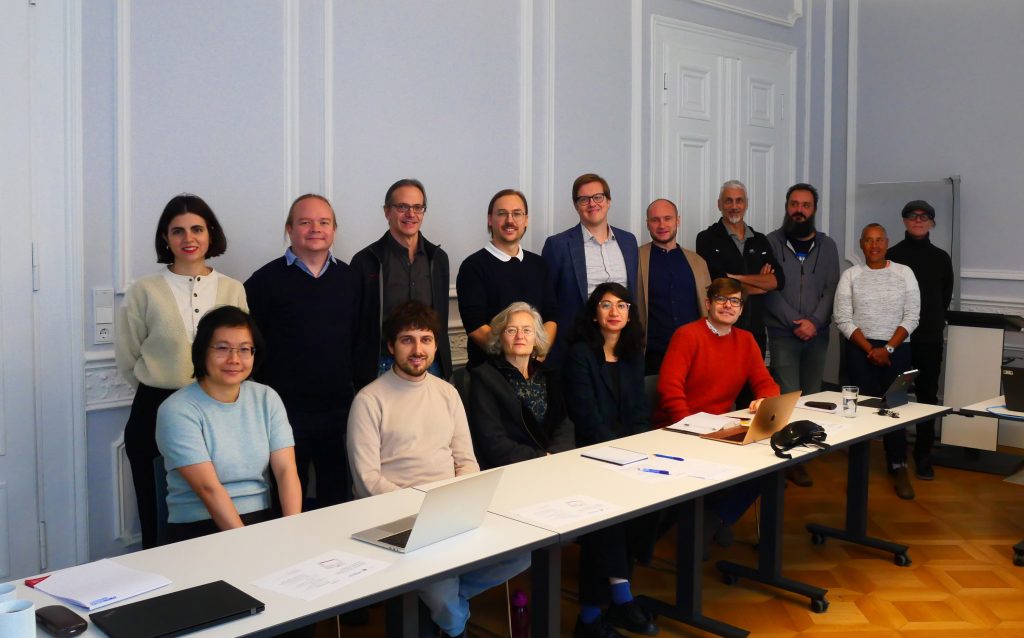
Welcome new c:o/re fellows!

We are delighted to announce the fellows starting their projects at c:o/re this year! We are warmly welcoming Arianna Borelli, Anna Laktionova, Clarissa Ai Ling Lee, Benjamin Peters, Svitlana Shcherbak, Jan Cornelius Schmidt, Roland Wittje and Nelson Casimiro Zavale!
We hope that they will have a great time at c:o/re!

